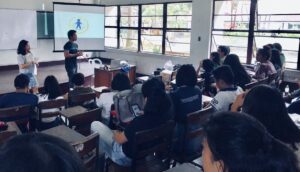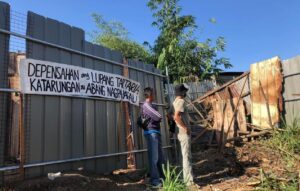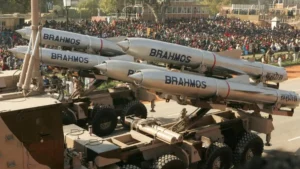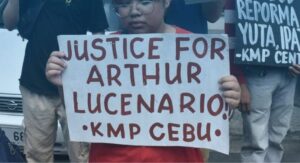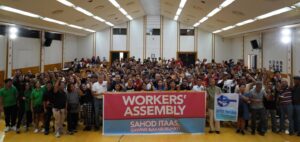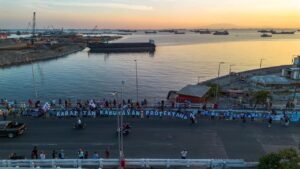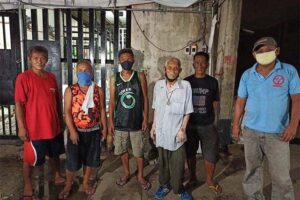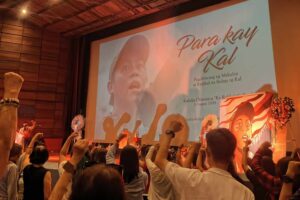Why the Dutertes hang on to Davao

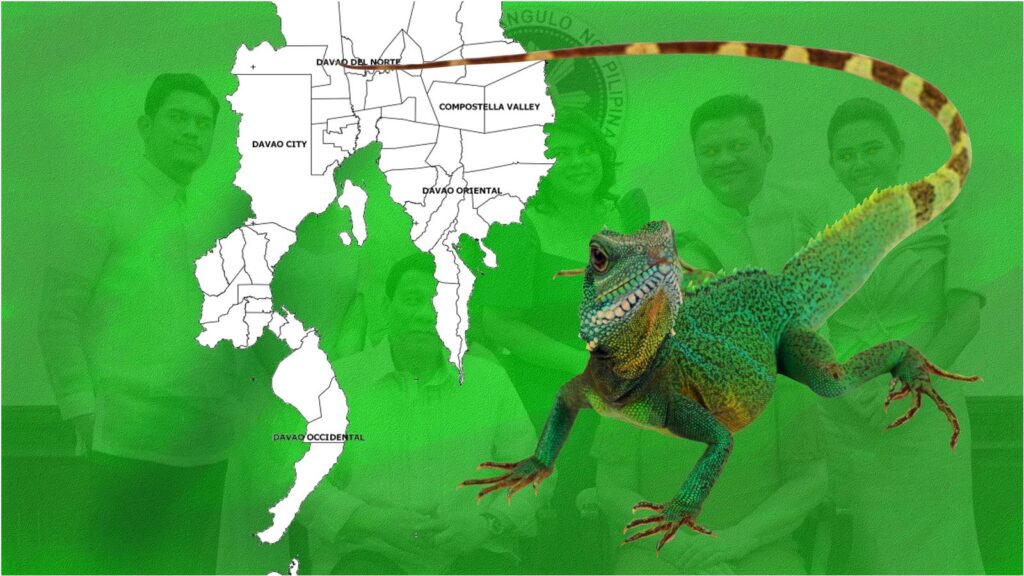
All of Rodrigo Duterte’s older children are running for office in Davao City in the 2022 elections. Sara Duterte seemingly gave up the chance to become president in favor of remaining as the city’s mayor (even though the drama of her change of heart on November 15 is still being anticipated). She is paired with one of her siblings who runs for vice mayor, while another is running for Congress.
The Dutertes have lorded over Davao City for the past three and a half decades. And if it were up to them, they will never abdicate the throne. More importantly at these times when billions of funds flow to Davao, expect the Dutertes to fight tooth and nail (or order the killing of many) for the money.
A major portion of the funds are the billions earmarked and set to be allocated for infrastructure projects which began under the term of the patriach Rodrigo, and to the far bigger projects that are programmed to start in the coming years.
Biggest of these is the ₱82-billion worth Mindanao Railway Phase 1. This project aims to lay 105- kilometers of railroad from Tagum City in Davao del Norte to Digos City in Davao del Sur. Stations will be constructed in the towns of Carmen, Panabo, Sta. Cruz, and three more in Davao City. Of the total of 44 villages in six towns that will be run over by the project, twenty two are located in Davao City.
At a Senate hearing last September 30, a representative of the Department of Transportation (DoTr) said that the Department of Budget and Management (DBM) did not approve of the project’s budget. According to a DBM official, the project is still on the stage of clearing away the communities or setting the “right of way.” This means that residents living along the path of the proposed railway and stations are yet to be evicted. The project is “slow moving,” according to the official.
Surprisingly, even without funds, DoTr Secretary Arthur Tugade announced on October 20 the awarding of a ₱3-billion contract to China Railway Design Corporation (CRDC) for the project’s design. The CRDC is affiliated with China National Railways, an agency of the Chinese government. CRDC was awarded the contract for “project management consultancy.” The DoTr said that loans from the Chinese government will fully finance the CRDC contract. The loan comes at a time when election campaigns have started.
Aside from the railway, the massive 60-kilometer Davao-Digos Expressway will be constructed almost along the same route. Also, a bridge project from Davao City to Samal Island is estimated to cost ₱23 billion. Both projects will be financed by loans from China, with Chinese companies working on their construction.
In addition to both, the following projects are either in the process of completion or are recently finished:
1) the 2.3-kilometer Davao City Bypass Construction Project which is valued at ₱28.26 billion. The project is currently funded by a ₱13.23 billion loan from the Japanese government through the Japan International Cooperation Agency.
2) the 18 to 21-kilometer Davao City Coastal Road, which costs ₱19.8 billion.
3) the 55-kilometer Davao City Metropolitan Bike Lane Network which costs ₱145.3 million (or ₱2.6 million per kilometer). According to a report by the Philippine News Agency, this project costs more by ₱80,000 per kilometer compared to two bike lanes (one in Metro Manila, another in Metro Cebu) constructed during the same period.

